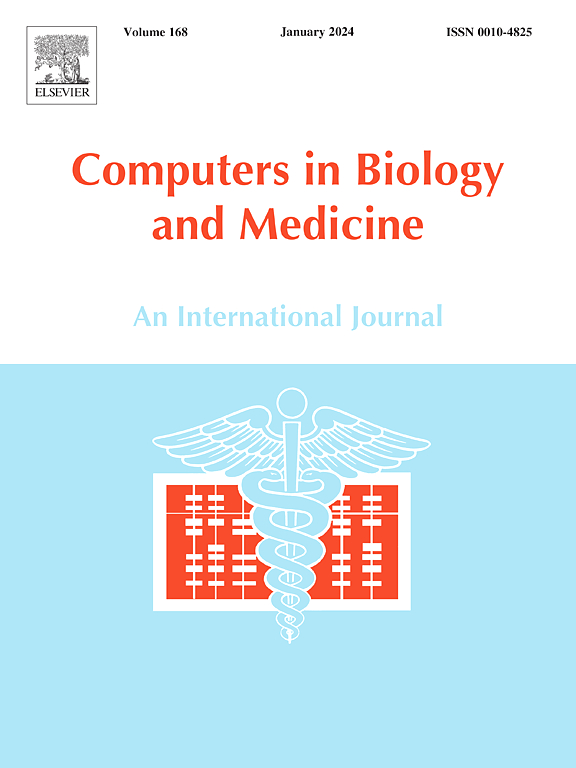Agitation-sedation models for critical care: Insights into endogenous agitation reduction and stimulus
IF 7
2区 医学
Q1 BIOLOGY
引用次数: 0
Abstract
Background:
Sedation and agitation management are core treatments in the intensive care unit. This study uses pharmacokinetic–pharmacodynamic (PKPD) models to capture the endogenous agitation response. The identification and validation of these models allow for a better understanding of agitation-sedation dynamics and improves the clinical implementation.
Methods:
A cohort of healthy volunteers (N=25) was exposed to a controlled psychological stimulus, with agitation levels quantitatively measured using heart rate-derived metrics. Endogenous agitation reduction (EAR) coefficients were determined from the post-stimulus decay. Using these parameters and a priori information about the experienced stimulus, the model was validated against the measured agitation data.
Results:
The model demonstrated a good fit between measured and modelled agitation. EAR parameters were identified with 45% of the cohort ranging between 0.003–0.004 . Using a population value for EAR still resulted in a good fit to measured data. Minimal differences were observed between female and male participants.
Conclusion:
This study provides further development of PKPD models of agitation-sedation dynamics. The identified EAR parameter can be used in future studies and in the clinical application of these models.
重症监护的激动-镇静模型:内源性激动减少和刺激的见解
背景:镇静和躁动管理是重症监护病房的核心治疗方法。本研究使用药代动力学-药效学(PKPD)模型来捕捉内源性躁动反应。这些模型的识别和验证可以更好地理解激动-镇静动力学,并改善临床实施。方法:一组健康志愿者(N=25)暴露在受控的心理刺激下,使用心率衍生指标定量测量躁动水平。内源性搅拌减少(EAR)系数由刺激后衰减确定。利用这些参数和经验刺激的先验信息,根据实测搅拌数据对模型进行了验证。结果:该模型显示了测量和模拟搅拌之间的良好拟合。45%的队列确定EAR参数范围在0.003-0.004 s−1之间。使用EAR的总体值仍然可以很好地拟合测量数据。在女性和男性参与者之间观察到最小的差异。结论:本研究进一步完善了PKPD激动-镇静动力学模型。确定的EAR参数可用于未来的研究和这些模型的临床应用。
本文章由计算机程序翻译,如有差异,请以英文原文为准。
求助全文
约1分钟内获得全文
求助全文
来源期刊

Computers in biology and medicine
工程技术-工程:生物医学
CiteScore
11.70
自引率
10.40%
发文量
1086
审稿时长
74 days
期刊介绍:
Computers in Biology and Medicine is an international forum for sharing groundbreaking advancements in the use of computers in bioscience and medicine. This journal serves as a medium for communicating essential research, instruction, ideas, and information regarding the rapidly evolving field of computer applications in these domains. By encouraging the exchange of knowledge, we aim to facilitate progress and innovation in the utilization of computers in biology and medicine.
 求助内容:
求助内容: 应助结果提醒方式:
应助结果提醒方式:


